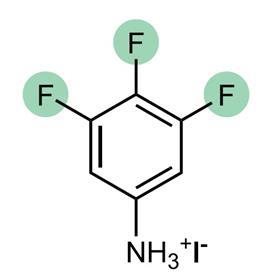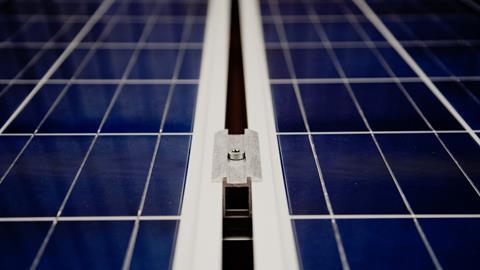A much longer lifetime is crucial to realising the promise of perovskite solar cells. A targeted choice of coating can increase stability, according to an international team in Science.
Perovskite solar cells are of great interest in solar cell research. Their theoretical performance surpasses that of conventional silicon cells, production costs are low and the materials needed for production are readily available.
The efficiency of perovskite cells is now comparable to that of silicon solar cells, but research into their stability has received much less attention. A team of Canadian, American and Swiss researchers now presents a perovskite solar cell with improved stability in Science. After 1560 hours at 85°C and 50% relative humidity, their cell retains 85% of its original power. Previous studies have reported 500 hours and 1000 hours in less severe conditions, so this seems to be a step in the right direction. However, the stability is still far from that of silicon cells.

To improve the stability, the researchers focused on the coating on top of the perovskite layer, known as the passivation layer. This layer protects the photovoltaic material from degradation. Ammonia is often used for this purpose. Although these are stable at room temperature, they degrade at higher temperatures because they intercalate into the underlying perovskite layers. The team therefore worked at high temperature and humidity, so that they could quickly see which components would fail first.
The researchers used a library of ligands whose molecular structure was systematically varied. They found that 3,4,5-trifluoroanilinium acts as a passivation layer and does not mix with the underlying perovskite layer at higher temperatures. The resulting cells remained stable for over 1500 hours at high temperature (85°C) and humidity.
Park et al. (2023) Science https://doi.org/10.1126/science.adi4107













Nog geen opmerkingen